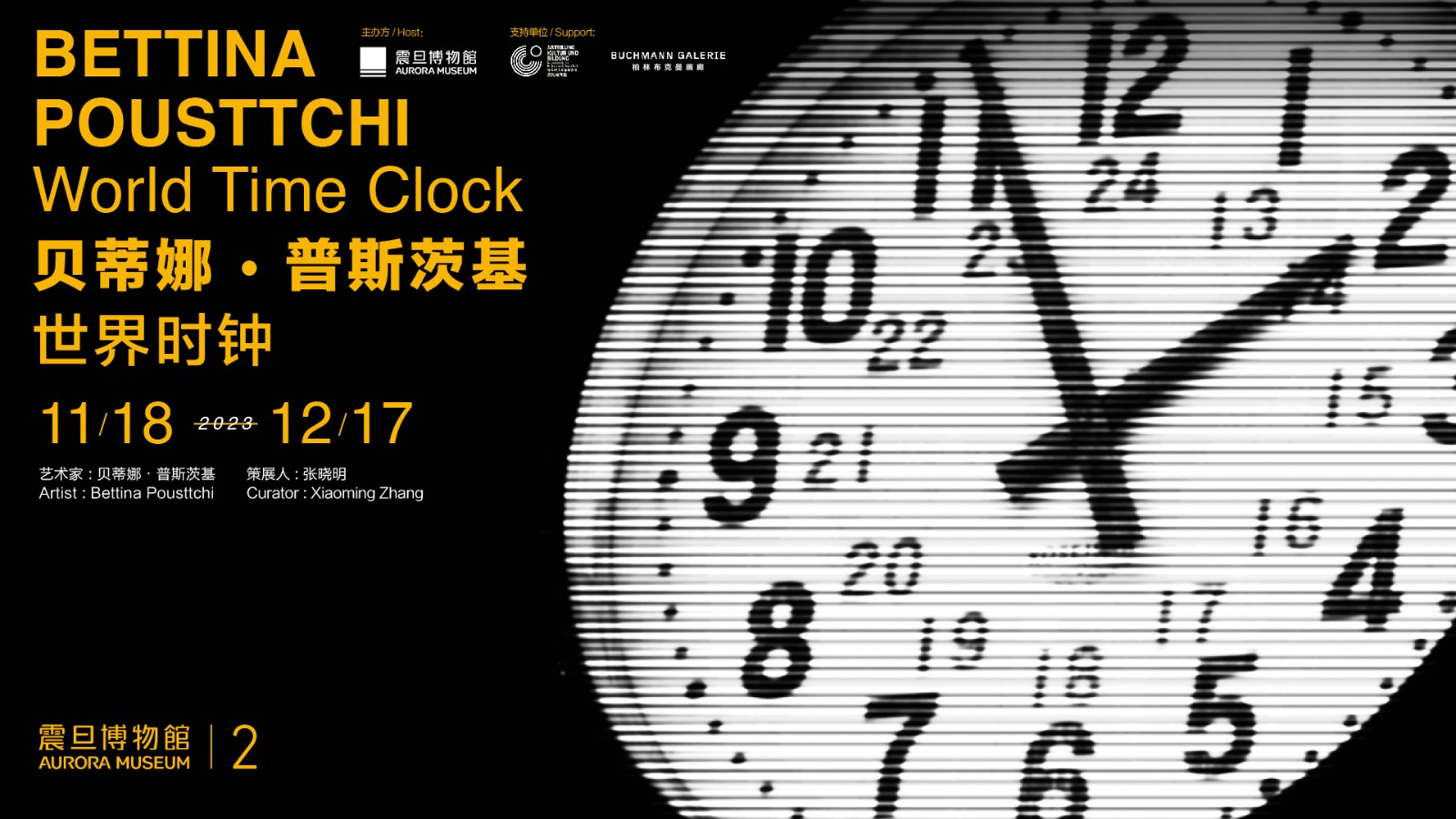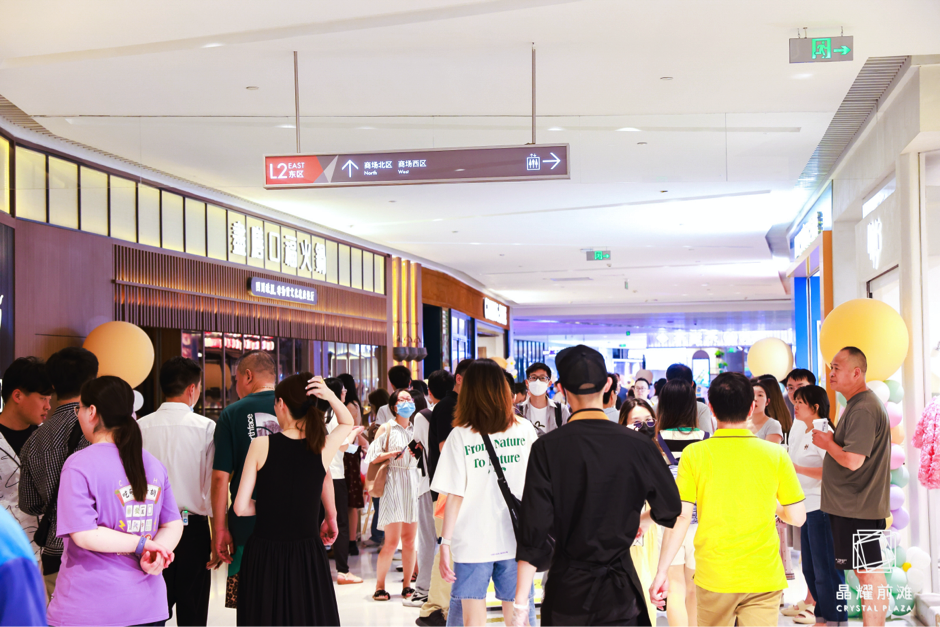Daytripper: Hallstatt in Huizhou
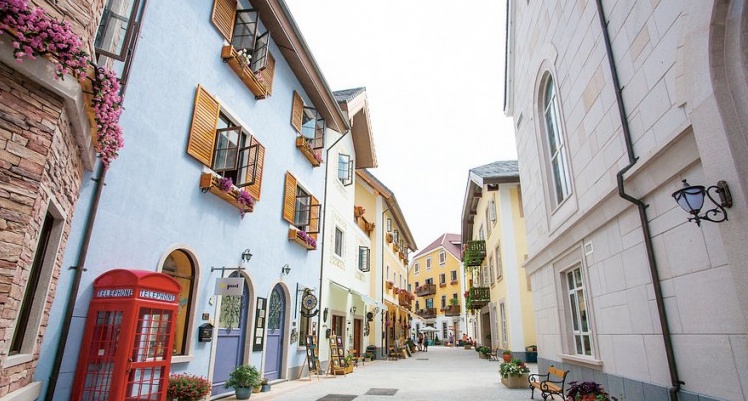
Daytripper is a regular column that aims to help people get the most out of their PRD experience by proposing fun excursions that can be made in a single day to explore the local culture and nature of the region.
Following a three-hour trip that incorporates the train, the public bus, a motorcycle and an electric tour car (perhaps we should have just taken a taxi), we arrive at the outskirts of Hallstatt. A security guard clothed in a pseudo-military uniform greets us, then waves us up a winding cement path. After crossing a bridge with scarlet ribbons on the handrails and walking by a few selfie stick vendors, we finally catch sight, through the trees, of the village we’ve come to see.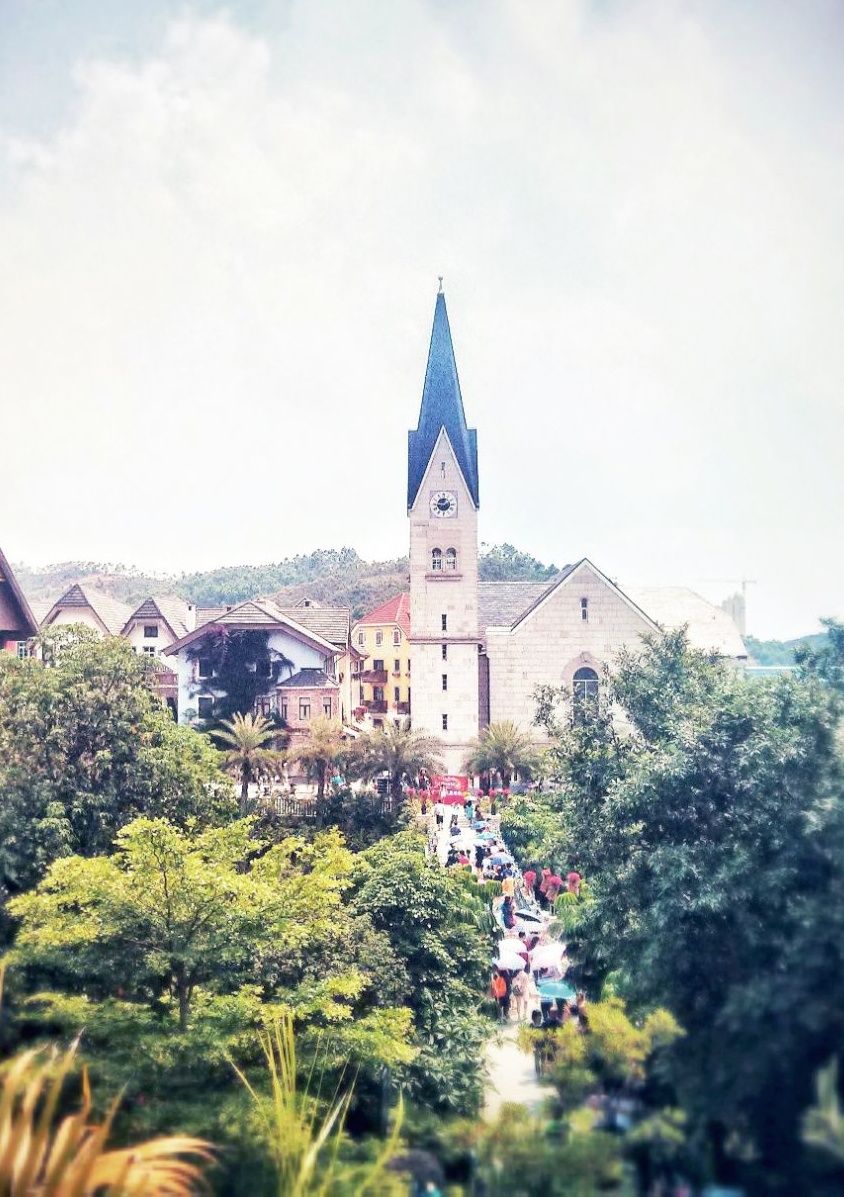
Hallstatt is an Alpine locale populated by less than 1,000 inhabitants. A Unesco heritage site historically famous for its abundance of natural salt, it is a popular tourist attraction today due to its picturesque vista. A crystal-clear lake borders one side of the pretty houses while sheer mountains create a stunning backdrop. It’s the kind of place where one imagines Heidi would have frolicked through meadows and milked goats.
The place we’re visiting is not, however, the original Hallstatt. That journey would take a lot longer than three hours. Instead, we've trekked to the full-scale replica in Huizhou, which recreates everything from the sweeping landscape to the doorknobs.
Unlike Oriental Windsor County in Zhejiang province or Thames Town in Shanghai, which draw inspiration from Britain’s quaint cottages and historical architecture, Hallstatt Jr. has taken the Chinese art of copycatting to a new level by xeroxing an entire village. The only difference, it seems, is the shortage of mountains – though there is a man-made lake. Apparently, erecting artificial grass-covered peaks was a little too excessive, even with the project’s enormous RMB6 billion (USD967 million) budget.
The town square is flooded with visitors snapping pouty portraits, and The Sound of Music soundtrack appears to be set on repeat.
Located in Boluo County, around 120 kilometers from Guangzhou and 100 kilometers from Shenzhen, the Hallstatt homage was built by the real estate development arm of China’s biggest metal trader, China Minmetals Corporation. An advertising gimmick to sell residential properties, it was designed to lure in wealthy Chinese and encourage them to purchase one of the homes clustered around the central village, which are reportedly scheduled for completion in 2017.
Although the imitation ipso facto upset the actual Hallstatt’s residents, the village’s mayor, who thought the facsimile “could be a tourism motor,” attended an event at the Chinese counterpart on June 2012, one year after the developer broke ground. In fact, the first sentence on Hallstatt’s tourism webpage makes a tongue in cheek reference to its clone: “Hallstatt is such an unbelievably spectacular place that even the Chinese have created a copy of the ancient salt mine village.”
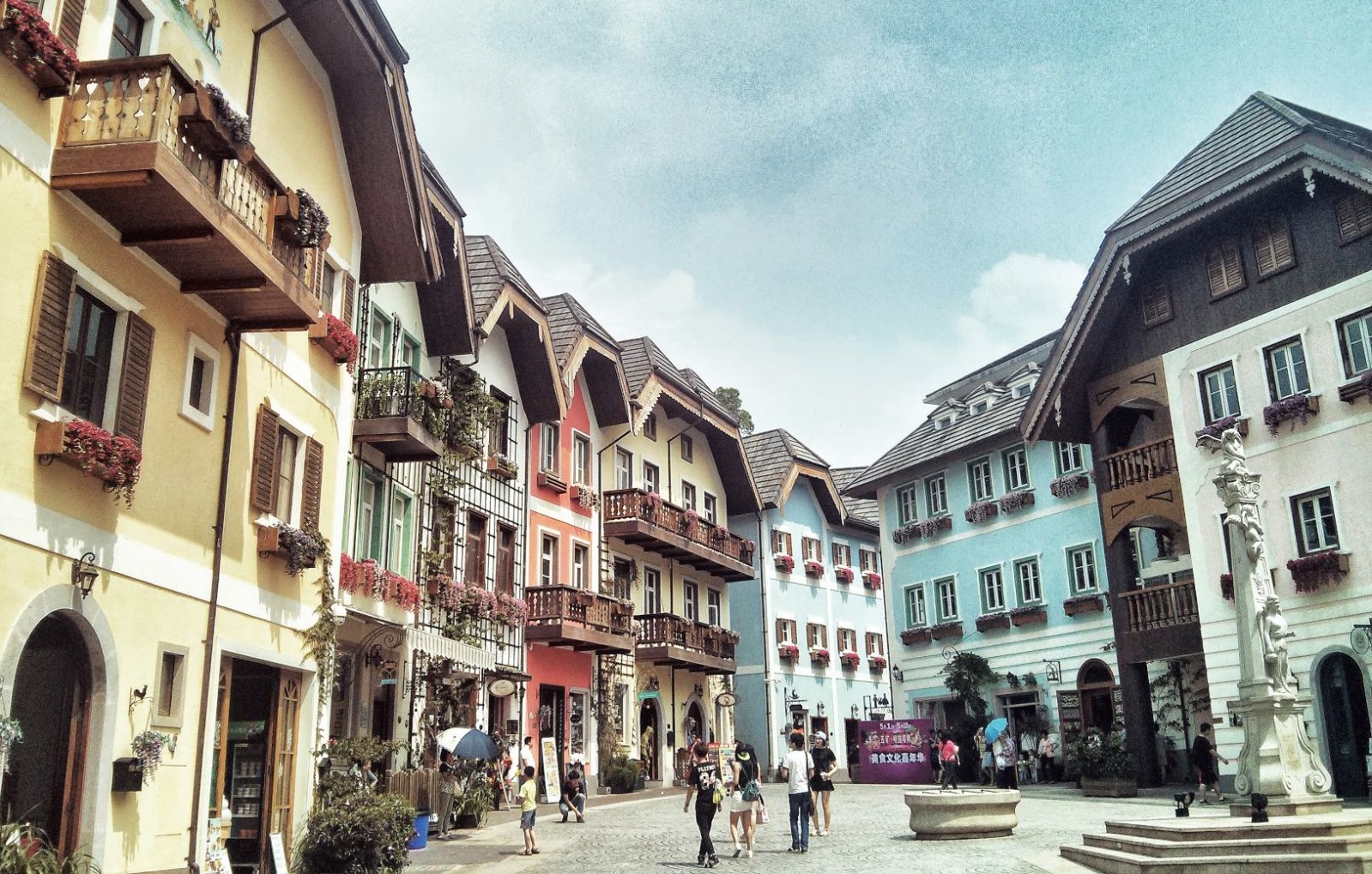
As we stroll down the Chinese Hallstatt’s streets, we can’t help but be impressed by the detailed – if not entirely accurate – reproductions, particularly the grand church. Nevertheless, you could never mistake this for the real deal. High-priced shops and restaurants selling mediocre food have taken up residence in the houses, interspersed with painting stalls and snack stands crammed with deep-fried squid and chicken wings.
The town square is flooded with visitors snapping pouty portraits, and The Sound of Music soundtrack appears to be set on repeat. By the end of our trip, our answer to the quandary of how to solve a problem like Maria is to blow her head off with a shotgun.
It’s true that Hallstatt flaunts impressive Austrian-esque buildings, but ultimately the place looks like what it is: an exhibition for homebuyers. The question we leave with is, will it, as time goes by, simply fall into decay? Or will it continue to attract those unable to make the journey all the way to the Alps?
How to get there
Take one of the regular trains from Shenzhen Luohu Train Station and Shenzhen East Railway Station (90 minutes, prices start from RMB16.5), or Guangzhou Railway Station and Guangzhou East Railway Station (105 minutes, prices start from RMB39.5) to Huizhou Train Station. Upon arrival, take a taxi (approximately RMB40) and tell the driver you’re heading to the Austrian village in Boluo County (博罗奥地利小镇).
For more Daytripper click here.
Get the weekly newsletter!
Sign up to get the entertainment, lifestyle and event news from Urban Family every week!Classified Posts
News











